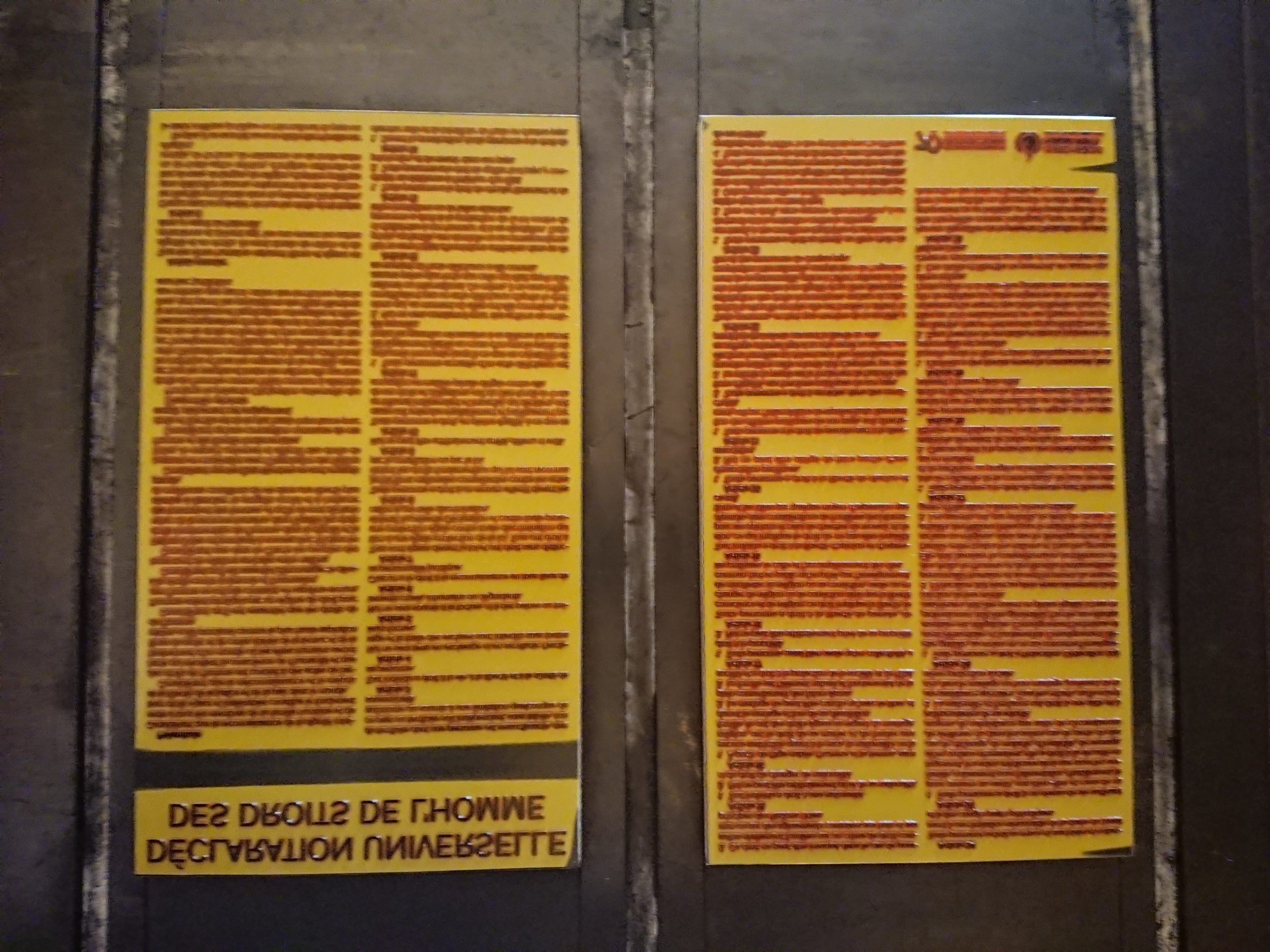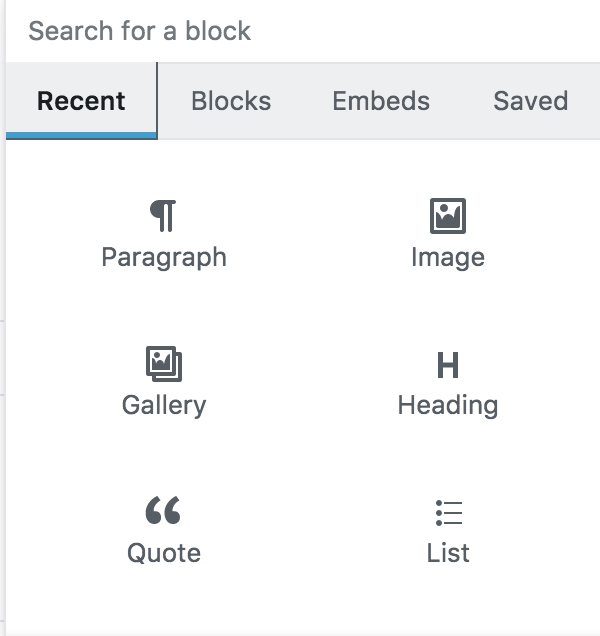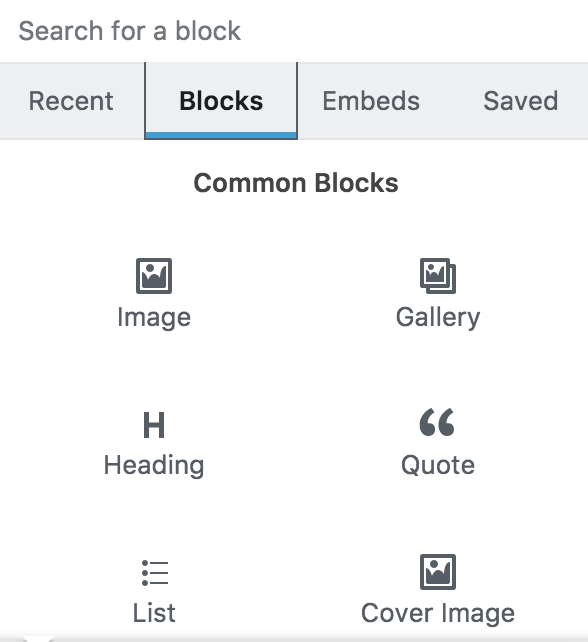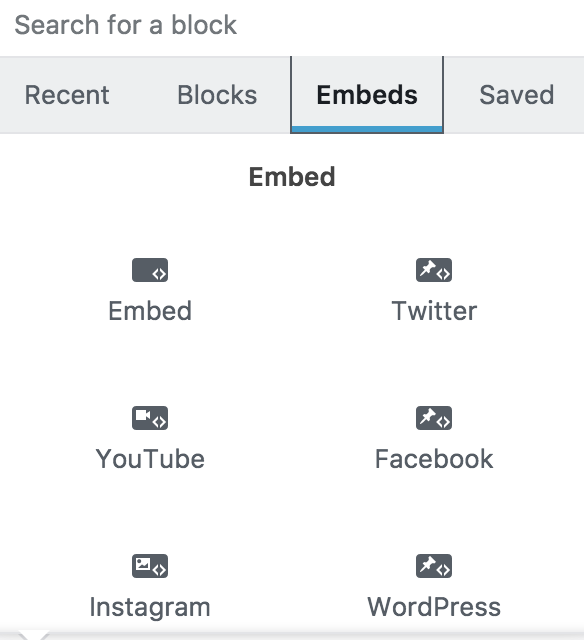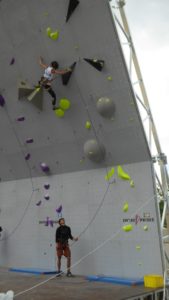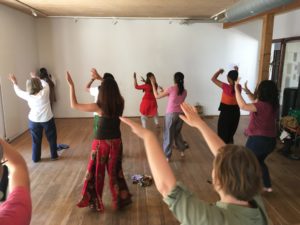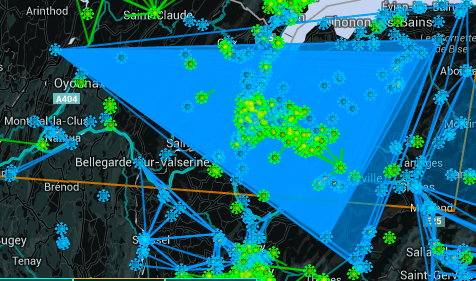Gallantry and Rock Climbing are a good combination. In Rock climbing the person with more experience or comfort helps the person with less comfort. In some cases it might be helping people walk on trails and in other cases it may be walking at the pace that is comfortable for others.
According to the Merriam Webster website gallantry can be a number of things:
1 archaic : gallant appearance
2 a : an act of marked courtesy
b : courteous attention to a lady
c : amorous attention or pursuit
3 : spirited and conspicuous bravery
According to the Larousse Galanterie is
-
Politesse empressée auprès des femmes.
The image above was taken a few years ago on one of the two times we went rock climbing on the Italian side of the Mont Blanc. At the time I was still new to rock climbing, was about to try Via Ferrata, altitude diving, canyoning and a number of other sports. At the time I liked to climb but I did not have the compassion or motivation to belay. I was more selfish, more interested in climbing and having fun than in waiting below and belaying people.
Since then I have learned to be more compassionate, to be more helpful and to be more patient. Within a year or two of this picture being taken we went canyoning as a group in the Italian Alps and several of us jumped from 11 metres in to a pool of water. One woman jumped the same jump that we had just done and came back to the surface screaming in agony. We rushed out to help her. We went to her and kept her afloat. We placed life jackets underneath her to float her horizontally. We placed them under her legs and brought her on to a flat rock.
Rescue services were called in and everyone from the group evacuated the area except me. I stayed there so that she had at least one familiar person next to her. A helicopter came in but could not land so medical staff were lowered. The experience was both really exciting because I was able to observe medical staff at work from up close but also unpleasant because someone was injured and in pain. Glass vials of morphine were broken and given to her as she was prepared to be winched up to the helicopter. We used our bodies to shield her from the downwash from the rotor blades until she was ready to be lifted and transported to a nearby hospital.
The group went for a quick meal and then I drove to the hospital to see this person and wait for advice from the medical staff at the hospital. Eventually she was cleared to take an ambulance back to Switzerland but as it involved waiting for an ambulance to come from Switzerland we decided that we would drive her back ourselves. We were lucky because on that day I was driving a comfortable Mercedes. We flattened the front passenger seat so that she would be more comfortable. I drove more carefully and asked her which hospital she wanted to go to. We brought her to that hospital and waited until she was checked in before heading home. That adventure lasted until about midnight or one in the morning. As I was the person that had driven her from Geneva to the mountains I felt uncomfortable abandoning her up there. I felt that it was my duty to repatriate her.
That is one example where I was gallant but there were other cases. Most cases of gallantry in the mountains are more tame, less extreme. The gallantry that I was thinking about when IÂ was inspired to write this blog post was more pleasant. As I climb frequently I am now growing more at ease with lead climbing, able to negotiate harder routes. I am also more comfortable with lead climbing. The person I climbed with yesterday had taken a break from climbing for a few months. As a result of this she was not comfortable with lead climbing so it was an opportunity for me to climb easier routes and set up the top rope for her to climb.
This worked out well for the two of us. For me it was an opportunity to climb easier routes and build experience and for her to practice climbing routes in safety. She thought that for me the experience was boring but I felt the opposite. It was an opportunity for me to climb more than I usually do at climbing walls. It was also more physically demanding. Usually when you go climbing you lead climb a route and then you come down, pull the rope down and then the next person climbs. In this scenario I would sometimes lead climb a route for myself and then set up another route for her. This means that I had no break between two climbs so it pushed my endurance.
Last summer I had another experience. I was climbing with a woman who wanted to do via ferrata despite her fear. I respect such people because they are not at ease and yet they still want to enjoy the experience. They do not want to look down too frequently and they want you to be close by. They need more coaching to get from the start of the finish to the end.
I did one climb with this person where she was really afraid. A route that I would have found boring and taken 45 minutes to do if I was doing the via ferrata normally took about two and a half hours. It was uncomfortable for both of us, for her it was because of fear and for me it was a mental exercise, to coach her along until the end. There was a moment when I did ask if I could be unkind and she said no so I stayed compassionate, courteous. By the end of the VF I felt mentally tired but the thing that hurt me was when the group that had been enjoying a drink or two while waiting for us dispersed. This was the most extreme case.
Now that I have five or six years of via ferrata I have no problem being at the back of the group to help those that are less confident. I also climb at the rear of the group because I know that when I was still new to the sport I did not like the feeling that I could be left behind or abandoned. It’s also because I know where and how to rest so I do not get as tired. It means that I have reserves to help people when it is needed. In previous years we never needed to use ropes but last year was different. There were at least two or three moments when people were too tired to continue. Ropes were used to help them through the harder passages.
It is an interesting irony that in Bellevaux last year I had seen that one person felt unable to try the second via ferrata so I chose to stay and wait for those doing the second via ferrata to finish. I think some people finished the second VF so I went to catch up with them on the cliff. I climbed fast and hard and found that the group had become stuck on a hard bit. One person had decided that he had enough strength to do both via ferrata but ran out of energy at an overhang. At this point I passed a number of people, negotiated the bit that he was struggling with and helped with the ropes. We were lucky on that day because one individual, separate from our group had ropes and pullies. We improvised a rig to top rope the struggling person. Eventually we got him past the section that he was finding hard.
One of my goals when I lead via ferrata and when I climb with people is to keep them calm and comfortable. When they show signs of stress or fear I try to understand it and I try to coach them, to relax them. I pride myself in the ability to take relative via ferrata novices and help them complete the VF without ever having to call a helicopter or even use a rope. I believe that Via ferrata is a mental challenge where compassion and gallantry are used to get people from the start to the end of the climb. Those of us with experience are there to coach people with less experience to believe that they can complete the challenge.
